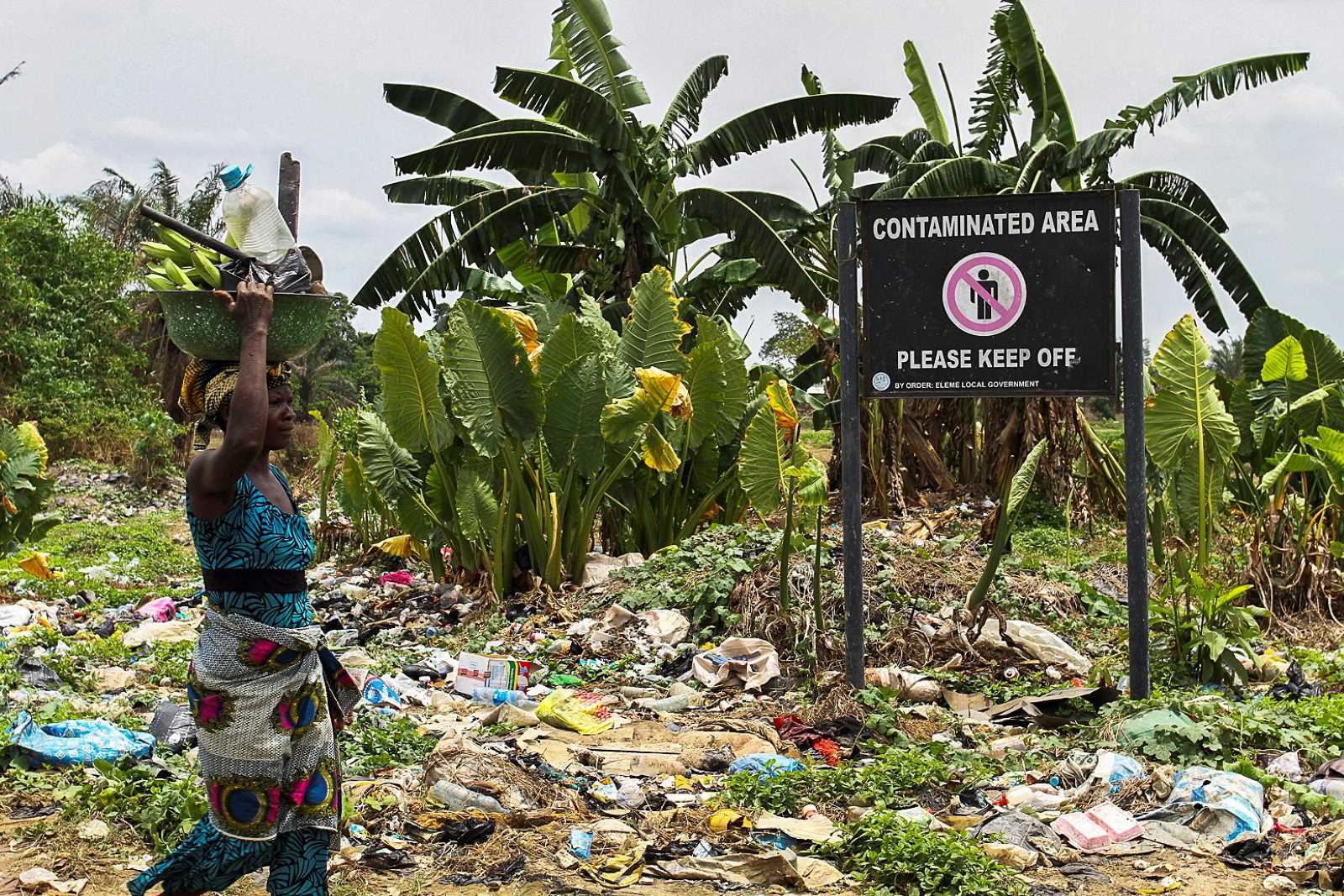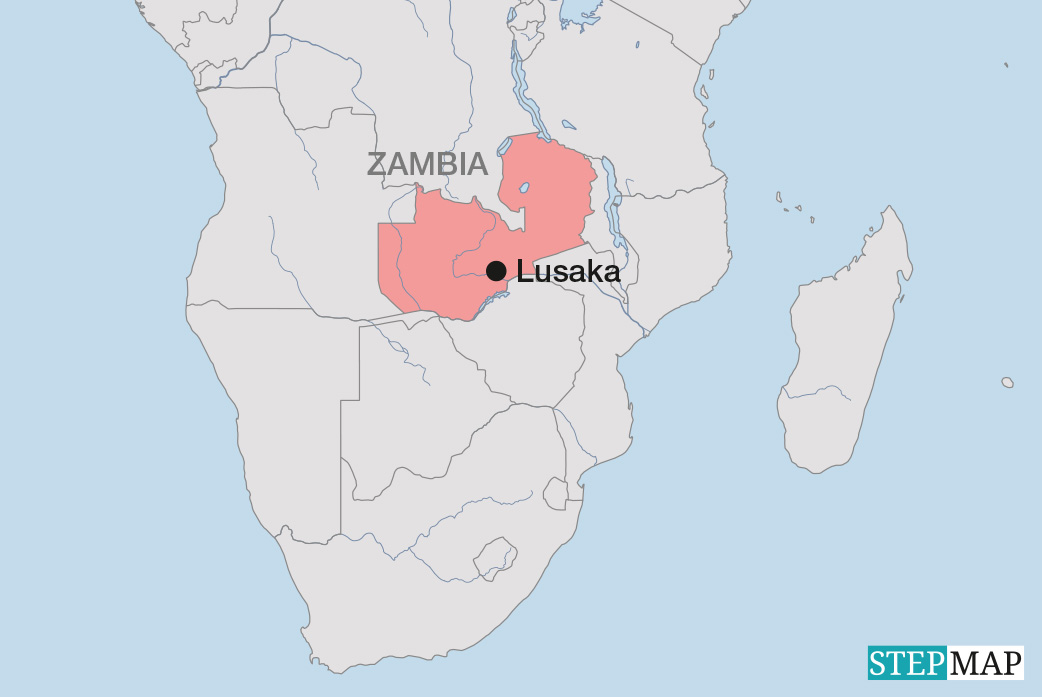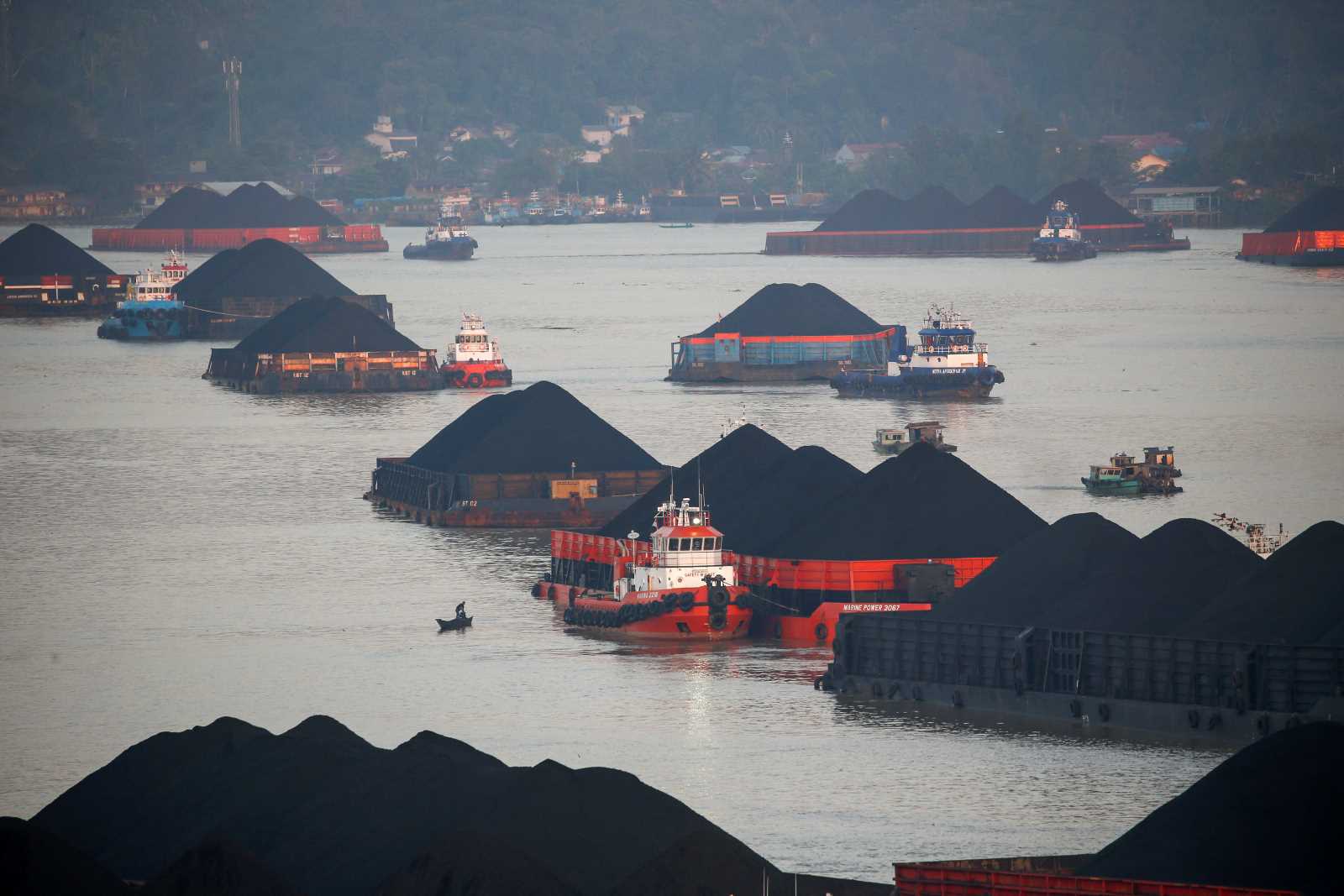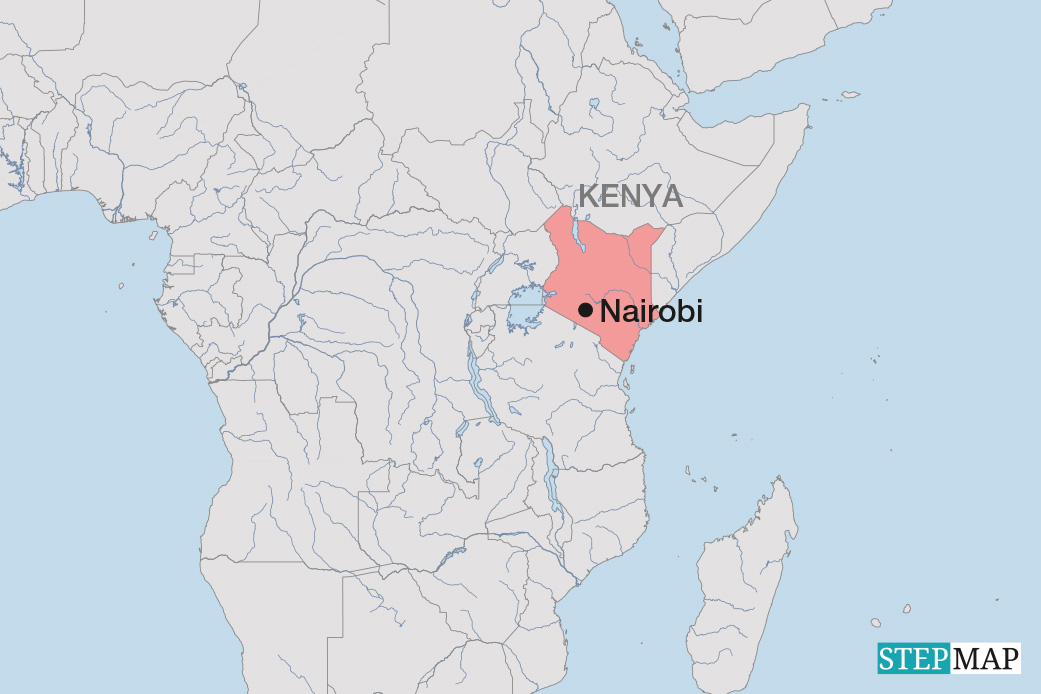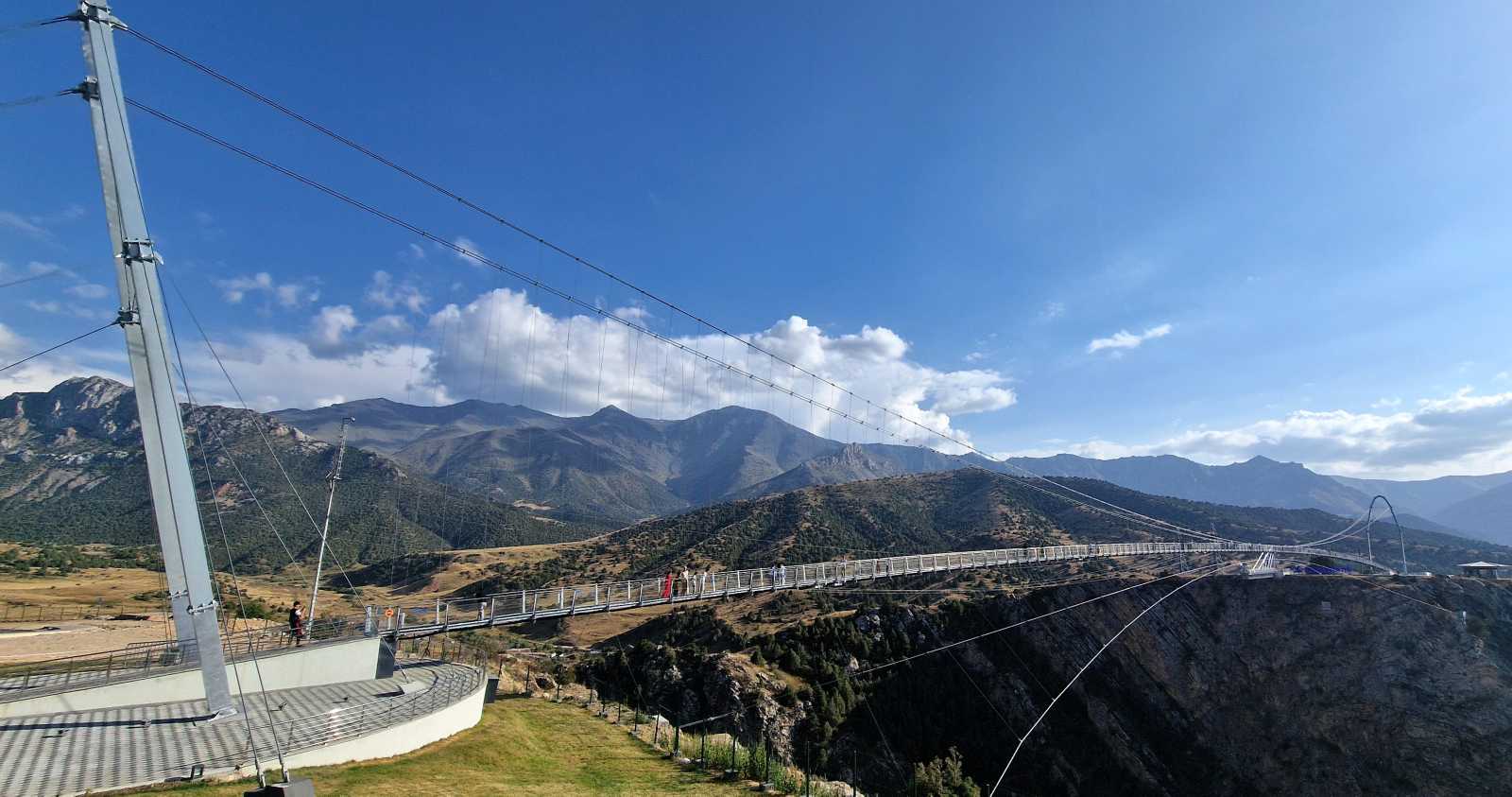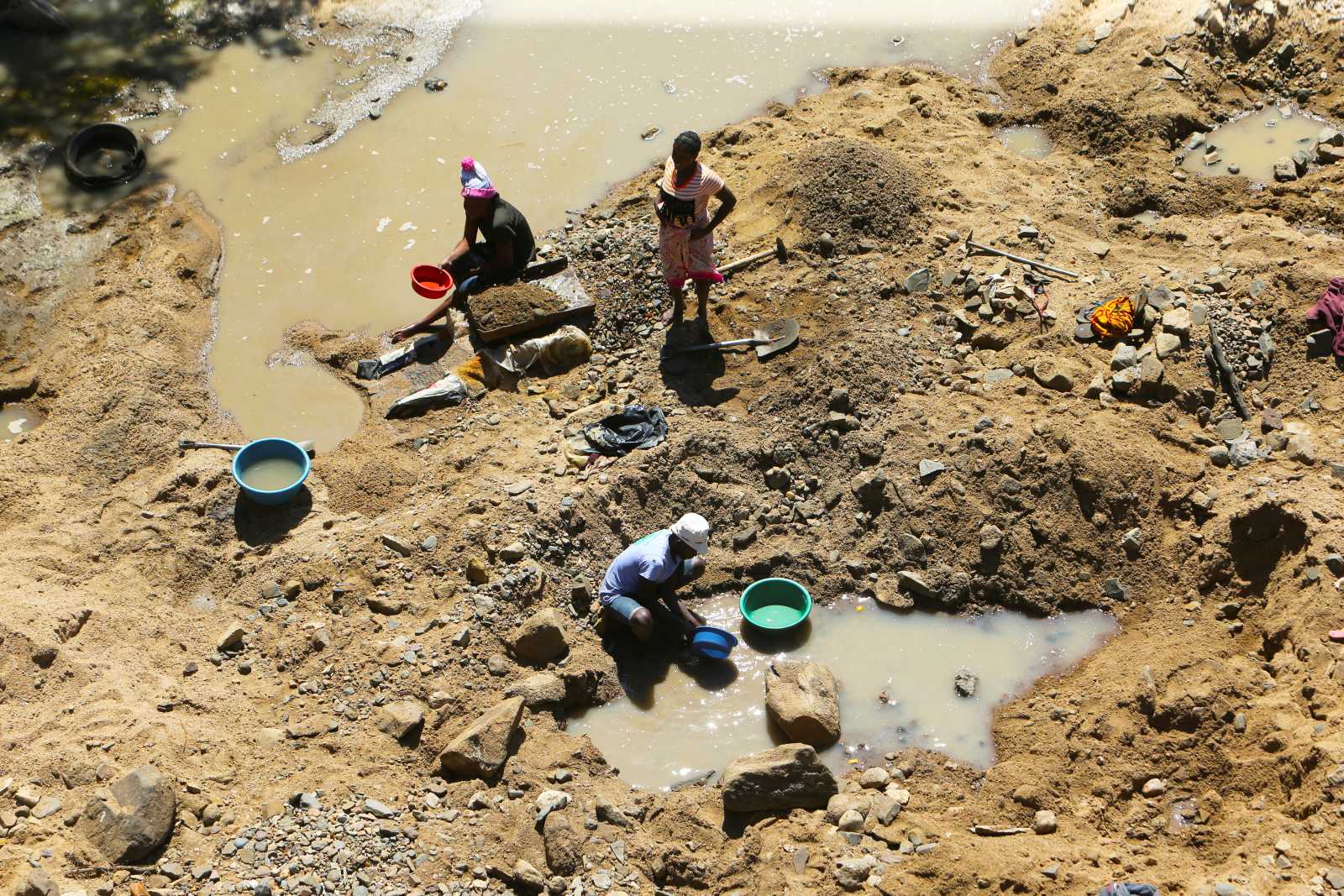Decarbonisation
The fossil fuel reality behind the rhetoric of energy transition

In late April 2025, Spain and Portugal experienced a massive power outage that lasted nearly an entire day. Western media outlets reported widely on the disruption to daily life. In other parts of the world, however, such events are not big news. South Africa has been dealing with recurring power cuts, locally known as “load shedding”, since 2007. In Ecuador, major cities faced daily 14-hour blackouts throughout the second half of 2024. The causes vary, ranging from poor state planning and corruption to climate change-induced droughts that dry up hydroelectric reservoirs. Today, about 17 million people in Latin America and about 600 million in Africa live without access to electricity.
Nevertheless, “energy transition” has become a global buzzword. A key element of this transition, as envisioned in the Global North, is the electrification of essential services using renewable energy. Wind and solar power are expected to replace coal, providing electricity for everyday uses such as cooking and transportation.
Access to technology goes hand in hand with this vision, which presents a major challenge for the Global South. The big producers of wind turbines, solar panels, electric cars and batteries are located in the Global North and China. To afford these expensive “green” technologies, many countries in the Global South depend on revenue from the export of climate-damaging raw materials like coal, oil and natural gas.
The crucial role of critical minerals
So-called critical minerals are at the heart of green technologies, and the global demand for them from clean energy technologies is projected to quadruple by 2040. Electric cars, for instance, require six times the mineral inputs of conventional vehicles, and onshore wind turbines need nine times more minerals than gas-based power plants, according to the International Energy Agency (IEA). These minerals are not scarce, but they are often concentrated in regions characterised by conflict, cultural sensitivities or rich biodiversity. Cobalt is mined in the Democratic Republic of the Congo, graphite in Mozambique and nickel in Indonesia and the Philippines, among other places. Lithium is extracted in Chile and Argentina, for example, while copper has long been mined in Peru and Chile.
These raw materials are typically exported to the Global North for processing and high-tech manufacturing. Global powers are racing to amass mineral resources outside their borders, refine critical minerals and develop green technologies. China is in the lead.
In the Global South, economies have historically depended on exporting raw materials. This reliance creates vulnerabilities, as commodity prices fluctuate on global markets. Governments often distribute resource revenues through clientelistic networks to secure political loyalty and re-election, which fosters authoritarianism. Social conflicts like disputes over land and livelihoods can arise where contested renewable energy projects are implemented and the extraction of fossil fuels and raw material is intensified for “green technologies”. Instead of transforming this dynamic, the energy transition is reinforcing it.
Fossil fuels remain important
Current debates on the energy transition tend to downplay these and other structural conditions. Fossil fuels still play a central role in meeting energy needs and ensuring energy security in many countries. India and South Africa, for instance, rely heavily on domestic coal. In the Andean countries of Peru, Ecuador and Colombia, most households use liquefied petroleum gas (LPG) for cooking. Governments in Ecuador, India and Indonesia keep cooking gas affordable through subsidies. In oil-rich countries, subsidies on oil products for citizens’ daily transportation are common. Fuel prices for consumers in Angola, Nigeria, Colombia and Venezuela remain among the lowest in the world.
These subsidies are not just economic tools – they are embedded in the social contract of these countries. Many citizens view cheap fuel as their rightful share of the national wealth, especially in resource-rich nations. Efforts to remove such subsidies often provoke widespread unrest, as was recently the case in Angola.
For the Global South, fossil fuels thus remain vital for development. Investors with transnational capital, in alliance with national gatekeepers, are driving the exploitation of raw materials in order to meet the growing demand for critical minerals and fossil fuels. In contrast, in the Global North, the energy transition is framed more as a business opportunity to redirect capital investments to green technologies and create green jobs.
The current narrative around the energy transition resembles the development paradigm promoted after World War II. Back then, technology transfer, capital investment and international cooperation were expected to bring progress to the “Third World”. Yet decades later, many countries in the Global South continue to export raw materials and import technology.
Today’s energy transition risks entrenching this pattern. As global energy consumption grows, governments may increasingly trade the natural heritage of their countries for short-term revenue and popular support. In regions with widespread informal employment, extractive industries create limited job opportunities, however.
Breaking the pattern
Two key lessons emerge. First, an enterprise of the magnitude of the energy transition requires a global perspective. Against the backdrop of the UN Sustainable Development Goals (SDGs), it is particularly important to take into account the role of Global South countries. The Global North should financially support transition initiatives in the South. Second, like development, the energy transition is not just a technical or economic challenge. Addressing it requires a re-evaluation of the global trade regime – and, crucially, a renewed focus on industrial policy in the Global South.
Global trade has changed significantly since the mid-20th century. In many Global South countries, the height of free trade in the 1990s increased their reliance on exports of raw materials. Since then, the technological gap between the Global North and South has widened. The energy transition could offer new opportunities, however. Natural resource-rich countries might use the growing demand for minerals to negotiate better terms in the world market. Some countries, such as Indonesia and Zimbabwe, are already attempting to retain more value by imposing bans on exports of unprocessed minerals and promoting local refining.
Without fundamentally rethinking industrial policy, however, the energy transition will only translate into the Global South’s next reintegration into the world economy as a supplier of natural resources.
Pedro Alarcón is a Global Forum Democracy and Development (GFDD) research fellow at the University of Cape Town. His research lies at the crossroads of climate change, energy and society, particularly in Southern Africa, Andean countries and the Philippines.
pedroalarcon76@gmail.com


